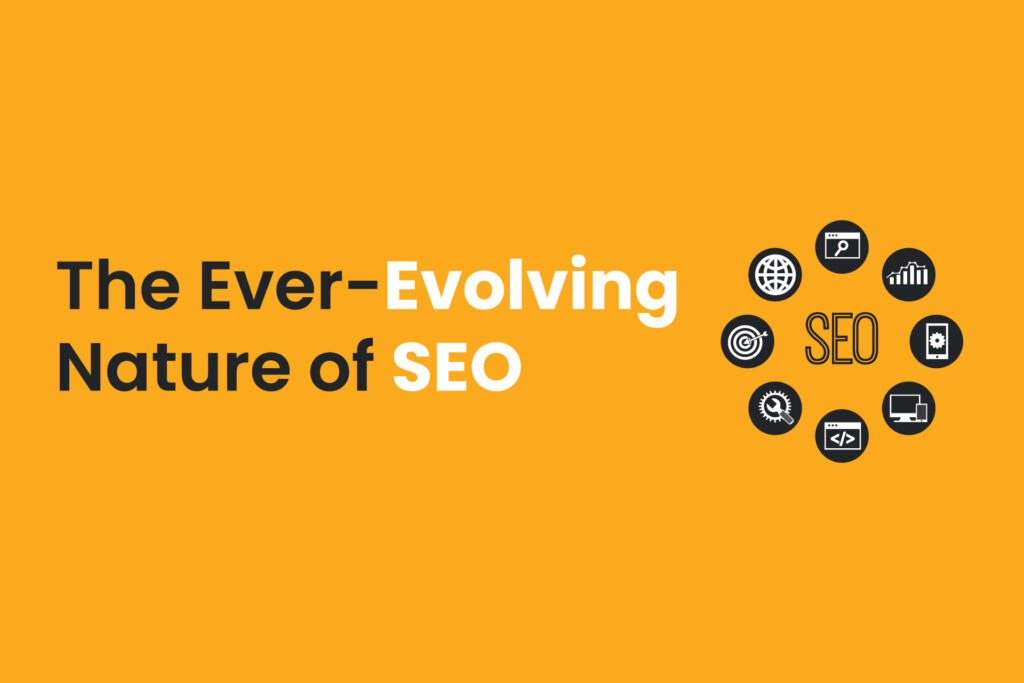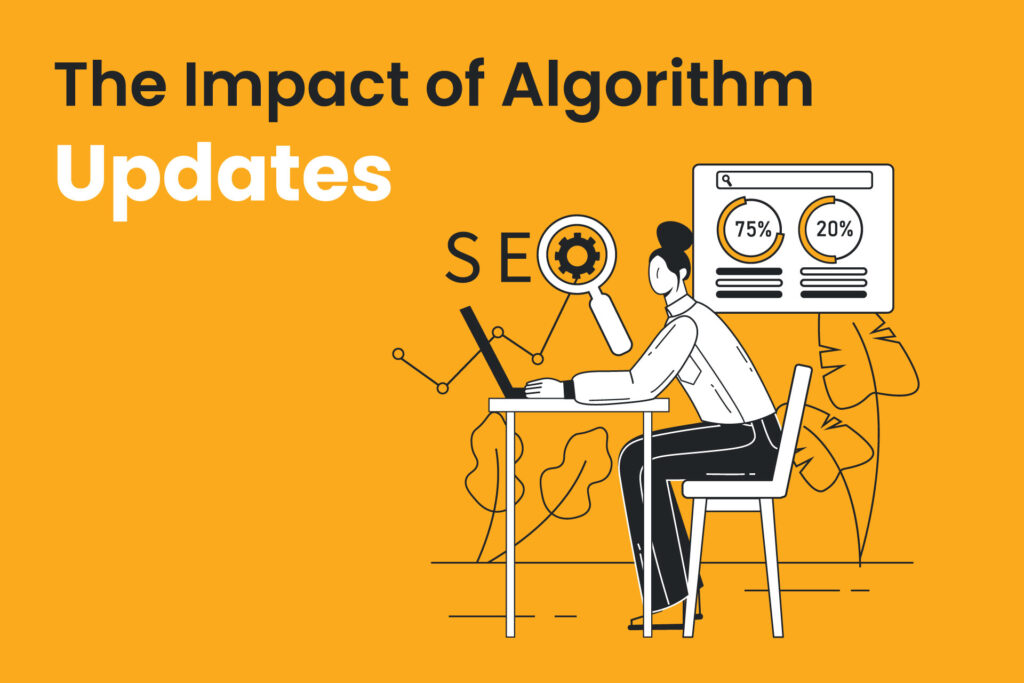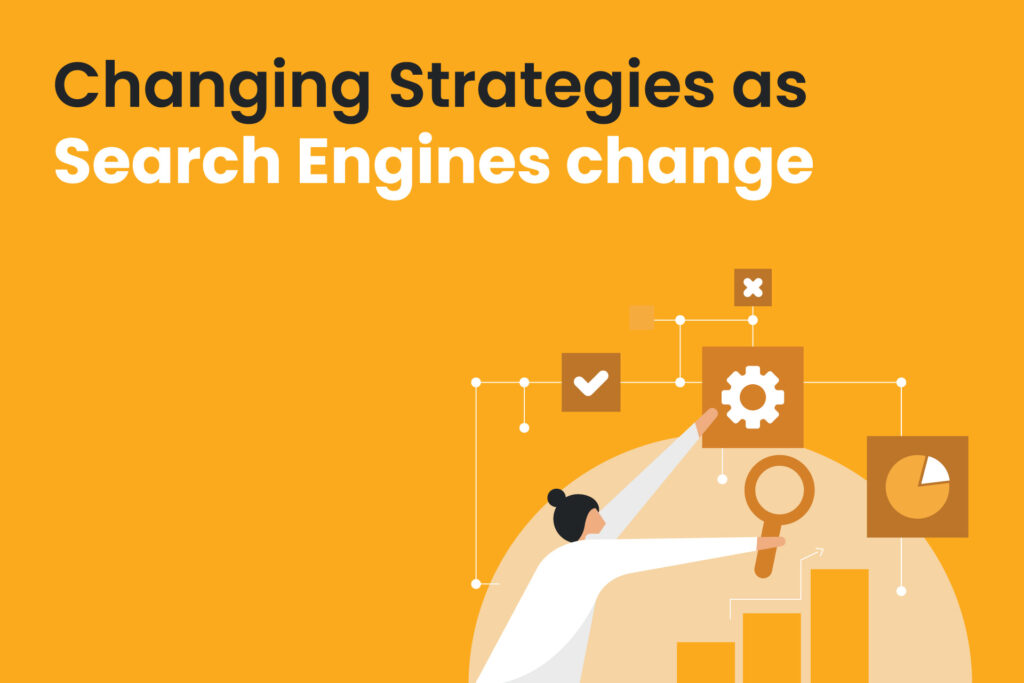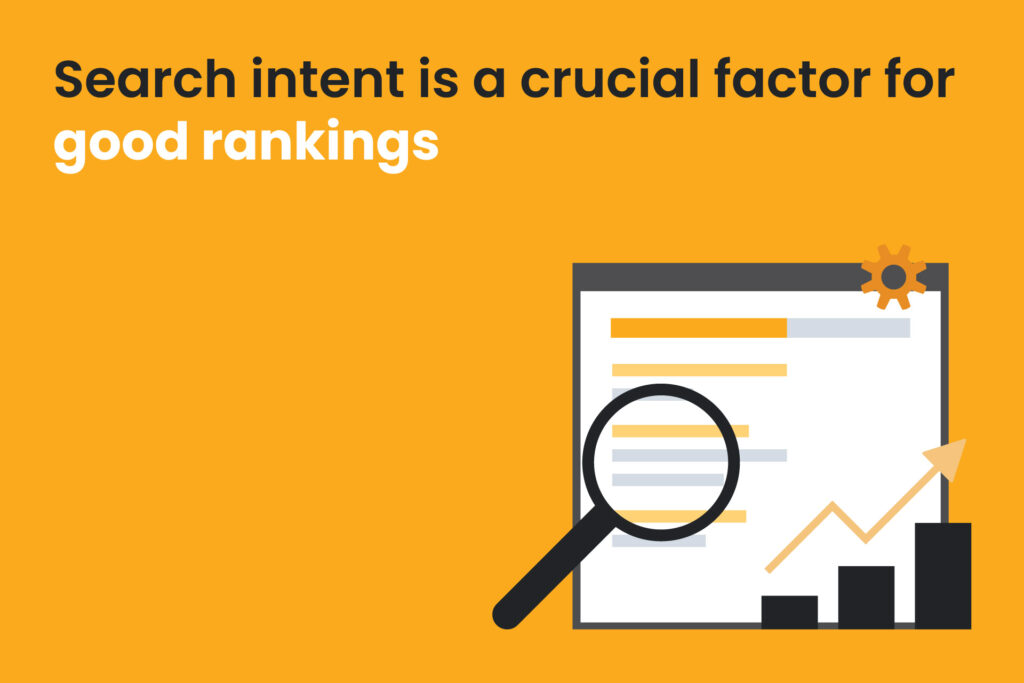The question of whether SEO is dead has been a recurring debate in the online marketing space. However, despite claims of its demise, SEO remains a vital strategy for businesses looking to drive organic traffic and improve their online visibility.
While the game has certainly changed over the years, SEO continues to evolve and adapt to the ever-changing search engine algorithms and user behaviors.
In this article, we will debunk the myth of SEO’s death and explore why it is still a crucial aspect of digital marketing.

The Ever-Evolving Nature of SEO
SEO has undergone significant transformations since its inception, and search engine algorithms have become more sophisticated.
With the advent of artificial intelligence (AI) and machine learning, search engines like Google are constantly updating their algorithms to provide users with more relevant and high-quality search results.
These frequent algorithm updates require businesses and SEO practitioners to keep up with the changes and adapt their strategies accordingly.
In this part, we will talk about:
- The impact algorithm updates have on SEO
- Why your SEO strategy can’t stay the same all the time
- How changing user behavior and search experience don’t kill SEO

1. The Impact of Algorithm Updates
Google has been at the forefront of the search engine industry, continuously developing and refining its algorithms to provide users with the best possible search experience.
Over the years, Google has released several algorithm updates that have had a significant impact on the SEO (Search Engine Optimization).
For example, the Page Experience Update, Multitask United Model, and Helpful Content updates in recent years have influenced how search results are displayed and ranked.
The Page Experience Update was introduced in 2021. This update focused on user experience metrics, such as page loading speed, mobile-friendliness, and the presence of intrusive interstitials.
Google emphasized the importance of providing a seamless and enjoyable browsing experience for users, as these factors were incorporated into the ranking algorithm.
Website owners and SEO professionals were prompted to optimize their websites to meet these criteria, ensuring that users were presented with pages that offered a positive experience.
Another significant update is the Multitask United Model (MUM), announced by Google in 2021. MUM is an advanced AI language model designed to understand and generate human-like responses to complex search queries.
It has the capability to process multiple tasks simultaneously and comprehend information from various sources, enabling more accurate and comprehensive search results.
This update aimed to improve the understanding of user queries and provide more relevant and helpful information.
In addition to these updates, Google has also emphasized the importance of helpful and valuable content in search rankings.
Google’s algorithms have become increasingly sophisticated in determining the relevance and quality of content.
It prioritizes content that is authoritative, well-written and aligns with the intent of the user’s search query.
This encourages website owners to focus on producing high-quality, informative, and user-centric content that caters to the needs of searchers.

Overall, these updates are aimed at improving the search experience for users.
By favoring high-quality content, relevant search intent, and trustworthy sources, Google wants to deliver the most relevant and useful search results.
2. Changing Strategies as Search Engines change should be your move
One of the reasons why some people claim that SEO (Search Engine Optimization) is dead is the increasing difficulty of ranking for high-volume keywords and specific niches.
As search engines like Google continue to evolve, the competition for top rankings has become fiercer, and achieving visibility for popular keywords has become more challenging.
That is why SEO strategies have to constantly evolve with the search engines too.

In this part, we will talk about elements that are important for SEO strategy in 2023.
Those are:
- Search intent
- E-A-T approach
- High-quality backlinks
1. Search intent is a crucial factor for good rankings
In today’s SEO landscape, search intent has become a crucial factor.
Search engines strive to deliver the most relevant results that align with what users are looking for when they enter a particular search query.

Understanding and satisfying user intent have become more important than ever for achieving higher rankings.
For example, let’s consider the keyword “dishwasher.” It is a broad term with multiple possible intents.
If someone searches for this term, they might be looking for information on how to choose a dishwasher, reviews of different dishwasher brands, or even where to buy a dishwasher.
In such cases, it might be easier to rank a blog post that lists the top dishwasher picks rather than a product or category page.
This is because the blog post can better fulfill the informational intent of the searcher and provide valuable insights and recommendations.
2. E-A-T approach
Ranking for lucrative niches has become more challenging and requires a comprehensive approach.
To succeed in competitive niches, websites need to demonstrate expertise, authoritativeness, and trustworthiness (commonly referred to as E-A-T).

Establishing E-A-T requires not only high-quality and unique content but also a focus on acquiring authoritative backlinks from reputable sources.
Search engines consider these factors as signals of credibility and trust, and websites that possess strong E-A-T are more likely to rank higher in search results.
Additionally, the emphasis on high-quality backlinks and unique content remains significant in modern SEO.
3. High-quality backlinks
Building a diverse and authoritative backlink profile is crucial for improving a website’s authority and visibility.
Search engines consider backlinks as indicators of a website’s popularity and relevance.

Similarly, unique and valuable content that provides in-depth insights solves problems, or meets specific user needs has a better chance of ranking higher in search results.
So, while SEO may have become more challenging in terms of ranking for high-volume keywords and specific niches, it is far from dead.
Adapting to the changing SEO landscape requires a focus on understanding and aligning with user intent, demonstrating expertise and trustworthiness, and prioritizing high-quality backlinks and unique content.
By implementing these strategies, websites can still achieve visibility and drive organic traffic from search engines.
3. Shifting User Behavior and Search Experience Don’t Kill SEO as Many Believe
Critics often argue that Google’s emphasis on direct answers and featured snippets in the SERP can potentially reduce organic clicks to websites.
While it’s true that Google aims to provide quick and concise answers for certain queries directly on the search results page, many topics still require more complete explanations that cannot be fully addressed in a short snippet.

Despite the presence of featured snippets, there are still several ways to generate organic clicks and drive traffic to websites.
Here is how.
One effective strategy is to prioritize keywords that offer value beyond what Google provides directly in the SERP.
This involves understanding the search intent behind the query and creating content that fulfills the user’s needs in a more detailed and comprehensive manner.
By focusing on long-tail keywords and providing in-depth information, websites can attract users who are seeking more thorough explanations or additional insights.
This approach allows websites to position themselves as authoritative sources in their respective niches and encourages users to click through to their websites for a more comprehensive understanding of the topic.
Additionally, it’s important to optimize your website’s meta tags, such as title tags and meta descriptions, to entice users to click on your organic listings.
Crafting compelling and engaging meta descriptions that provide a clear value proposition and highlight the unique aspects of your content can increase the likelihood of attracting clicks from users.
Furthermore, implementing structured data markup on your website can enhance its appearance in the search results.
By utilizing structured data, you can provide additional context and information about your content, which may increase its visibility and attract more clicks from users.
So, while the presence of direct answers and featured snippets in the SERP may impact organic clicks to some extent, there are still opportunities to generate traffic by focusing on keywords that offer value beyond what Google provides directly.
Providing in-depth content, optimizing meta tags, and utilizing structured data can help websites stand out and encourage users to click through to their websites for a more comprehensive experience.
For more SEO TIPS check out our
Conclusion
While the nature of SEO has undoubtedly changed, it is far from dead. SEO remains a crucial tool for businesses seeking to improve their online presence and attract organic traffic.
Successful SEO now requires a comprehensive approach that combines technical optimization, high-quality content creation, user experience improvements, and the cultivation of authoritative backlinks.
SEO professionals need to stay informed about the latest trends, algorithm updates, and best practices to achieve optimal results.
The constant evolution of search engine algorithms and user behaviors requires adaptation and a commitment to providing high-quality, relevant content that aligns with search intent.
By embracing these changes and staying up to date with the latest SEO strategies, businesses can thrive in the competitive online landscape and drive meaningful results.





